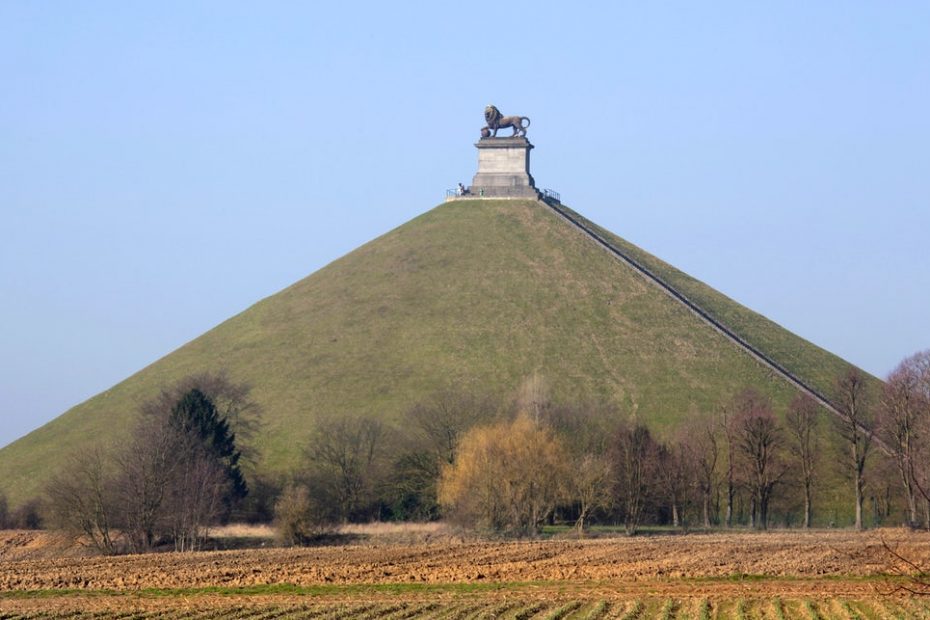Ingesting food to absorb the qualities of the extinct men is the ritual value of the anthropophagus in reference to the ‘’bones of the dead’’, typical Italian biscuits produced between October and November to commemorate the dead.
Intraspecific predation stimulated farmers to grind the bones to fertilize the cultivated lands: this obsolete practice has been reiterated by the last archaeological excavations at Waterloo, the battlefield (18 June 1815) decisive for the eclipse of Napoleon.
The discovery of three arts cut and abandoned on the site of the farm of Mont-Saint-Jean, already hospital for troops allied to the anti-Napoleonic coalition, in addition to the skeletons of men and horses evokes the tens of thousands of fallen soldiers enlisted to the French Army of Bonaparte, veteran of the escape from the island of Elba and the alliance led by the Duke of Wellington with Field Marshal Von Bluecher.
The commemoration is also promoted by the construction of tombs to immortalize the past events: the chapel commissioned by the Alexandrian patron Giovanni Antonio Delavo, brings together several remains of over ten thousand soldiers who died at the Battle of Marengo (14 June 1800) concluded with the decisive victory for the Napoleonic epos.
The ossuary is adjacent to the valuable bust dedicated to General Louis Charles Desaix de Veygoux in the park next to the Marengo Museum.
